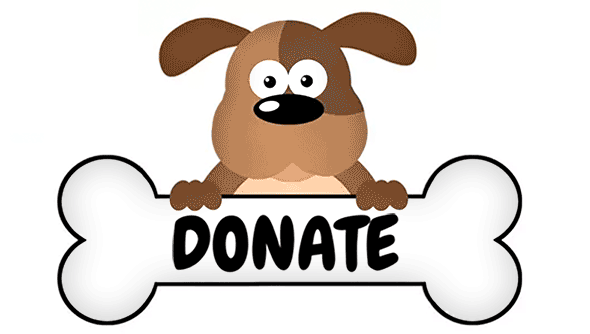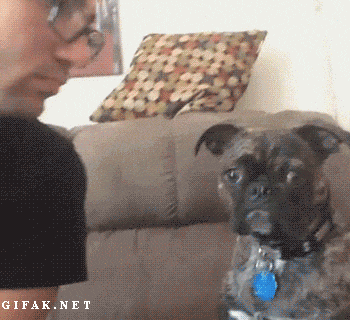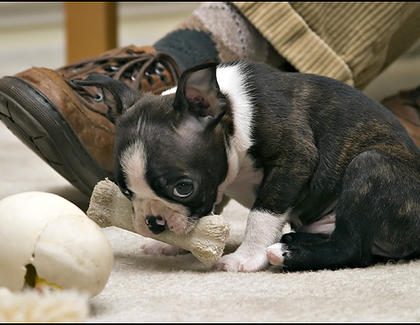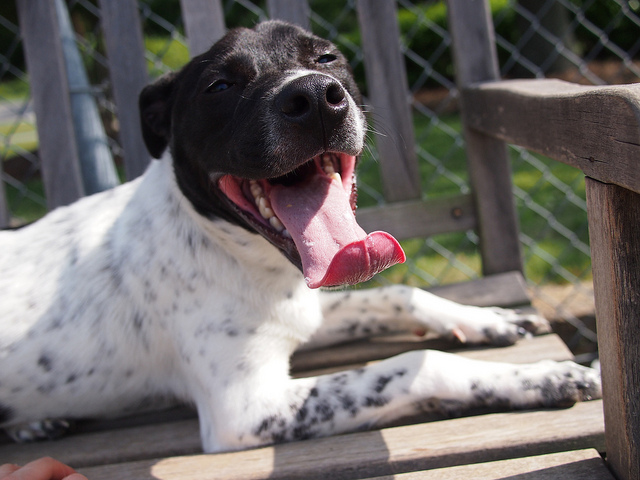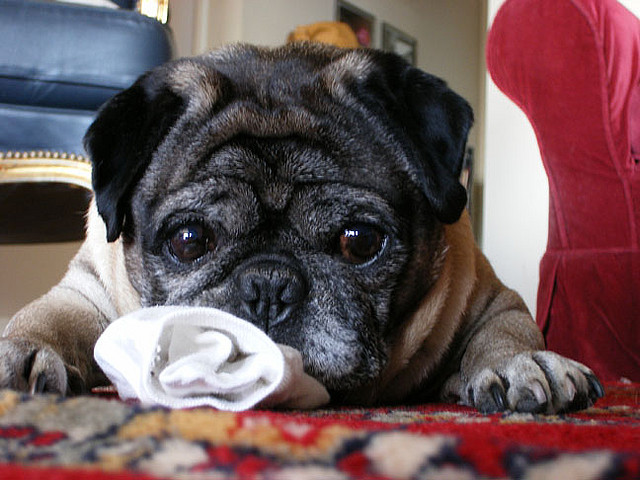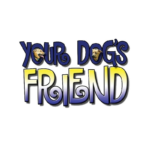Bribes vs Rewards
by Nancy Tucker (“The Normal Dog” Blog – March 22, 2011)
Every single time I walk with Woody, I bring along a treat pouch with a mishmash of various goodies. Maybe some kibble, maybe some dried liver, maybe some cheese, maybe some apple chunks, or maybe some of Woody’s favorite Zukes.
Recently, someone remarked, “What? You STILL need to carry treats for your dog??”
Well, no. Of course I don’t need to. But why on earth wouldn’t I? During our walks, I can come across plenty of perfect opportunities to toss him a reward to let him know he’s done something I liked.
Like the day we came face-to-face with someone walking a dog who clearly didn’t want Woody to approach him. What did Woody do when he saw the dog? Well, in the past, he would have taken off like a bullet towards the dog, with me skidding behind him on my heels like a cartoon character. But this day, Woody paused and turned towards me. Yesssssssssss! Good boy! Here’s a treat. Here’s another! Here are three more on the ground… Find it! Find it!
By the time Woody looked up again, the other dog had passed, and we went on our merry way. In those few seconds of activity, I reinforced a behavior in my dog that originally took me a very long time to instill. It cost me precisely 5 treats. Yay for Woody! In return, I have a dog who is much more likely to repeat this behavior the next time we come across a similar situation. Yay for me!
“But isn’t he only doing it because you have treats?”… Well, no. He did it because there was the
possibility of treats. I did not promise a treat beforehand by waving it in front of Woody and saying, “Here Woody! Look what I have! This way.. this way! Woooooo-dy! Look at me! Look at me! Want some cheese? Woody? Woody? WOODY?!! Want some liver? Here Woody! Over here! Cookie? Cooooooookieeeeeeee??”… in a desperate attempt to win his attention.
Instead, because I had tossed him a treat in the past whenever another dog was in the vicinity, Woody quickly calculated the odds of getting a treat on this particular occasion. He saw the dog, then took a gamble and glanced at me. “Ding-ding-ding-ding-ding-
With a bribe, the promise of payment comes before the behavior is executed. With a reward, the behavior comes first. I waited for Woody to offer me the behavior I was looking for, and when I got it, I rewarded him.
I see nothing wrong with snatching up random opportunities like this to let your dog know he’s doing something right. I assure you, you’re not “spoiling” him. On some walks, Woody might get three treats. On others, he might get ten. And still on others, he might get none! Thanks to this unpredictable treat schedule, I’ve successfully turned Woody into a gambling addict, which in turn makes him a very well-behaved dog.
Well… most of the time…. ;)
Nancy Tucker’s blogs: http://
Nancy Tucker’s web site: http://nancytucker.ca
